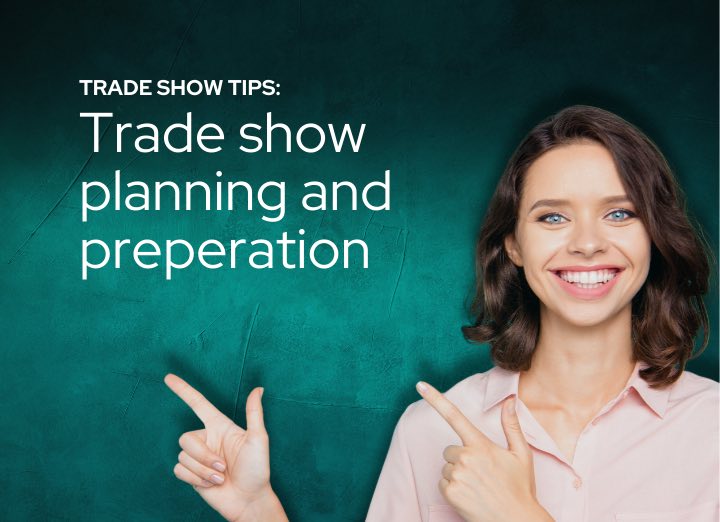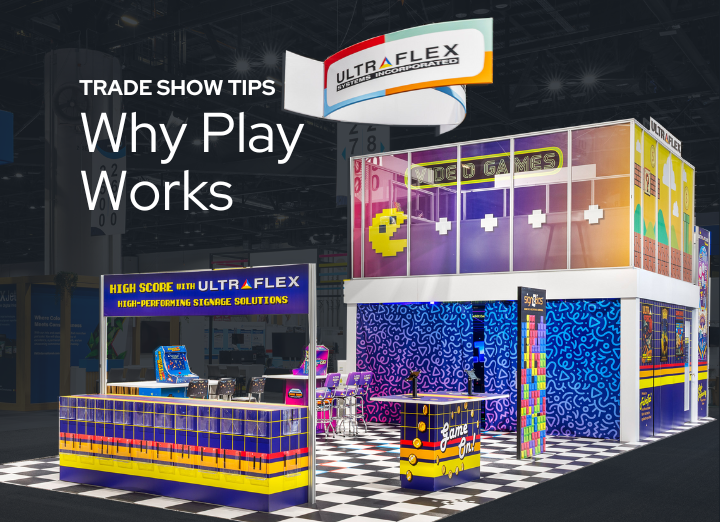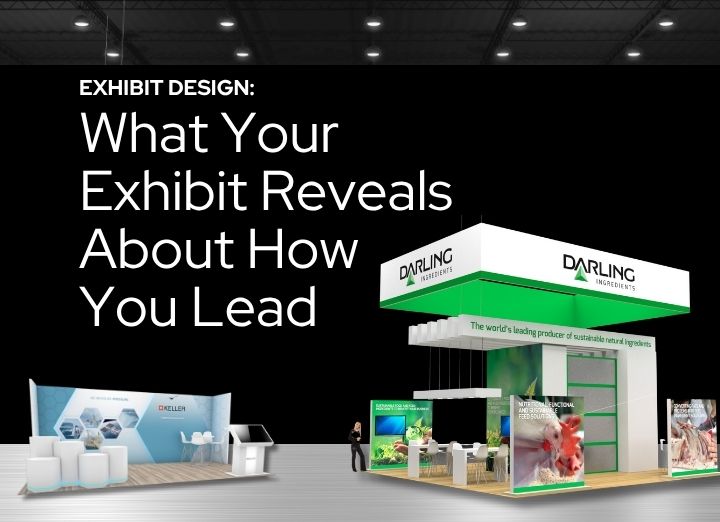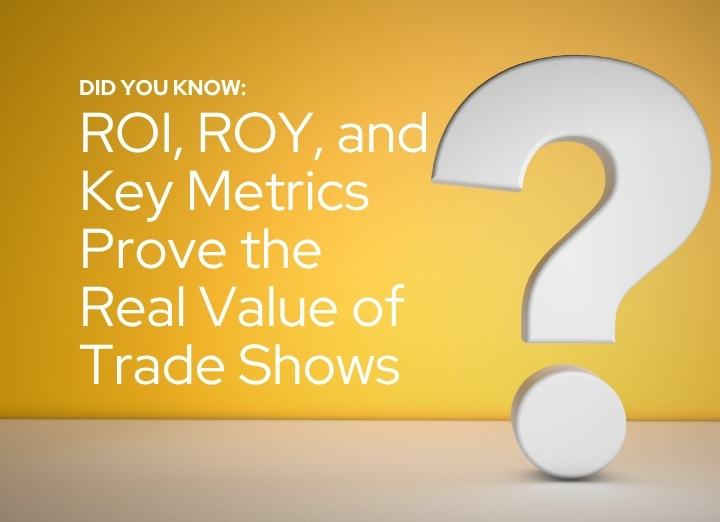To effectively plan out a major marketing event, it could take as long as a year to make the proper preparations and decisions. If you plan far in advance, your events will run smoothly and generate more sales leads than a hastily planned event. The following tips are the basic steps you must take to ensure a successful show.
First, you must specify the marketing objectives that you wish to accomplish. This could include introducing new products, generating sales leads, creating publicity, reinforcing your image, or strengthening brand awareness. Once you have established your goals and decided what type of audience to target, you can begin looking for trade shows and other events that will meet your needs. The trick is finding enough information to identify the most effective events for the promotion of your products or services. (Look at the “Event Tips” article on “Selecting / Finding Trade Shows” for more information on this subject)
After you have selected the appropriate events for your specific marketing message, you must determine a realistic budget. Allocating funds among all of the trade show expenses is difficult and requires restraint, because it can get out of hand very easily. Your budget should include the costs of rental space, utilities, shipping, staffing, marketing, travel, and the booth itself. Study the expenditures and outcomes of past events held by your company to decide how to optimize your use of available funds. If this is your company’s first event, be very careful about spending a lot of money. Also, take return on investment into consideration. You may have a great idea for attracting attention to your booth, but if the cost outweighs the revenues you will generate from resulting sales leads, you are shooting yourself in the foot.
Now, you must create a comprehensive marketing plan and message. A successful marketing plan involves contacting prospects long before the show, engaging them at the show, and promptly following up with them afterwards. There are multiple ways to do each of these activities, so you should decide which approaches fit with your company. Your sales message should highlight one or two reasons why your products or services are beneficial. It should be consistent, concise, and compelling. Use this message in every aspect of your event including booth designs, graphics, promotions, and sales pitches.
Since you have determined your marketing approach, you can decide what type of exhibit to purchase. If you do not participate in many trade shows, consider a rental exhibit. If you attend more than one or two shows each year, you are going to want to buy an exhibit. Most new exhibits can be customized to meet your specifications. The booth should be durable and versatile so that it can be reconfigured to fit into different spaces. It is equally important to select the appropriate staff to run your exhibit. You must train them far in advance to have a consistent sales pitch and to know all the details about new products.
Before your event, you should have plenty of marketing materials printed for distribution. This includes sales literature, business cards, promotional items, and product specification sheets. It is also a good idea to contact existing customers to inform them about the upcoming event, whether by phone, letter, or email. The day after the event, you should have follow up information packets ready to send out to those who attended your booth. They will be impressed with your prompt follow-up and that may lead to more sales.





